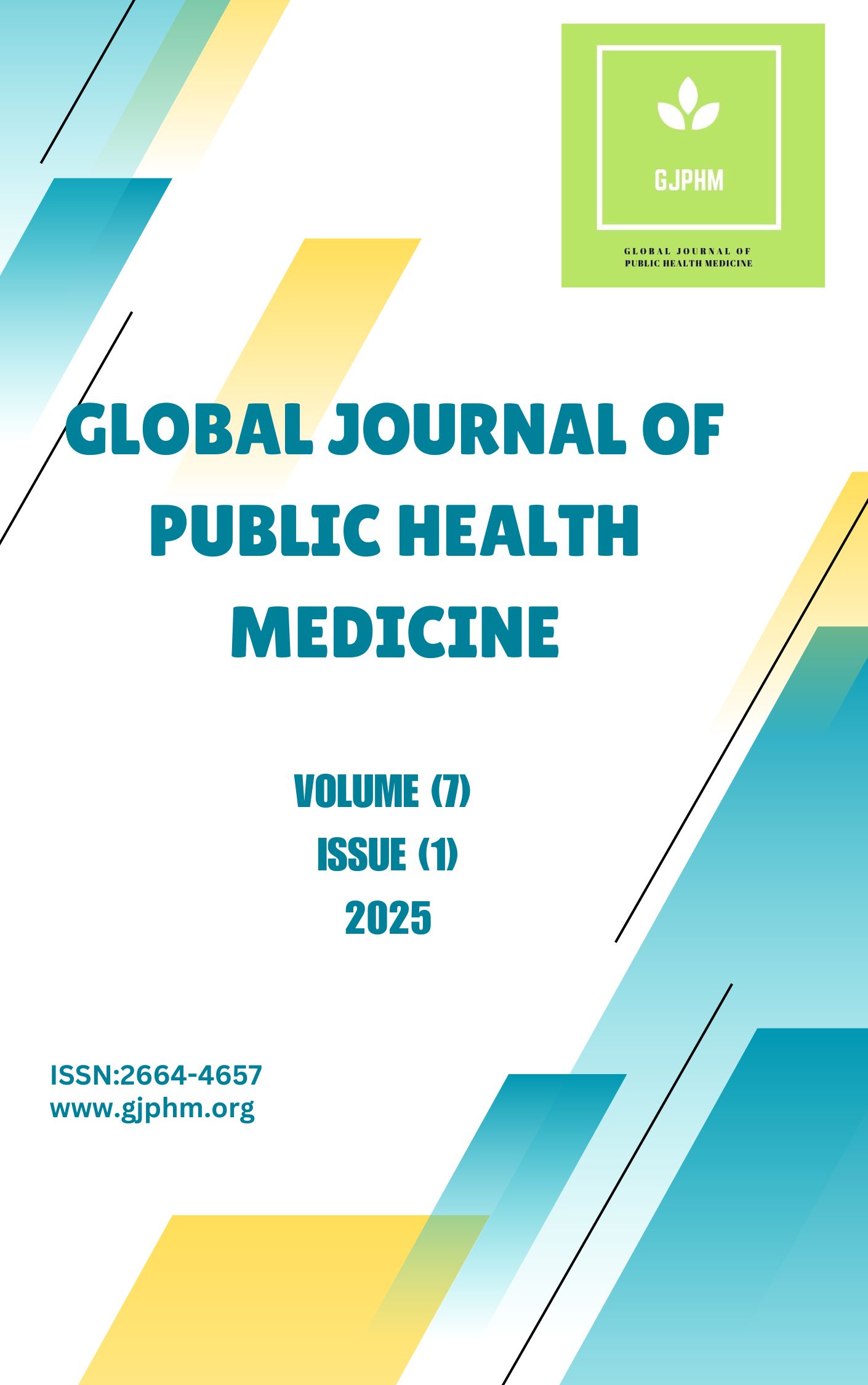THE SIGNIFICANCE OF NUTRITION-RELATED APPS FOR THE YOUNGER GENERATION IN JOHANNESBURG, SOUTH AFRICA
DOI:
https://doi.org/10.37557/gjphm.v7i1.292Keywords:
Millenials, Obesity, Non-communicable diseases, Nutrition-related-app, JohannesburgAbstract
Introduction: Obesity and related non-communicable diseases (NCDs) are major public health concerns in many countries, including South Africa. While nutrition-related apps have been considered a promising solution to address these issues, their impact is not yet evident given their limited adoption and the persistently high prevalence of these diseases. This study aims to assess user perceptions of the effectiveness of these apps in Johannesburg (most urbanized region of the country) and their motivations for using them. Methods: A quantitative cross-sectional survey was conducted in the city in 2019, targeting 150 users aged 18 to 38 (Millennials and Generation Z). Results: The results revealed that participants used more than ten different nutrition-related apps, with 91.4% utilizing both diet and fitness features. However, only 56.6% to 67.4% of respondents agreed on the overall effectiveness of the nutrition apps they used. Users' expectations appeared to be more media-related, with the top five motivations being the monitoring capabilities, quality of information provided, support in achieving weight loss goals, recording ability, and the capacity to offer an overview of food consumption. These factors received average ratings of 3.75, 3.65, 3.54, 3.47, and 3.45 out of 5, respectively. Conclusion: These findings indicate that nutrition-related apps are seen as valuable tools for promoting healthier lifestyles. To enhance the effectiveness of strategies using these apps to combat obesity and chronic diseases, educational measures should be implemented for a widespread use.
Downloads
Downloads
Published
Issue
Section
License
Copyright (c) 2025 Alex Tchuenchieu, Hema Kesa, Gifty Koufie

This work is licensed under a Creative Commons Attribution-NonCommercial 4.0 International License.
The authors retain Full copyright of their published article










